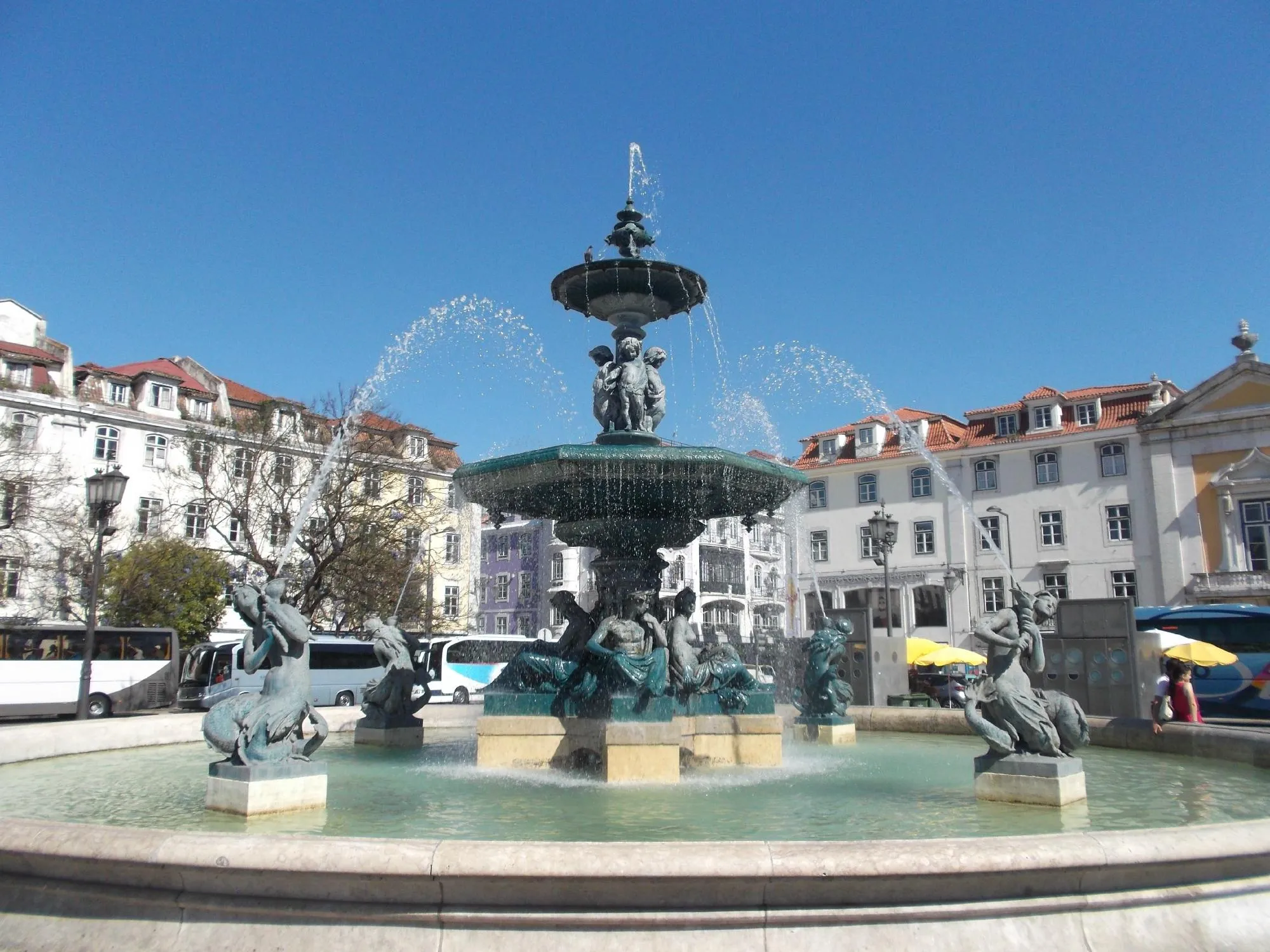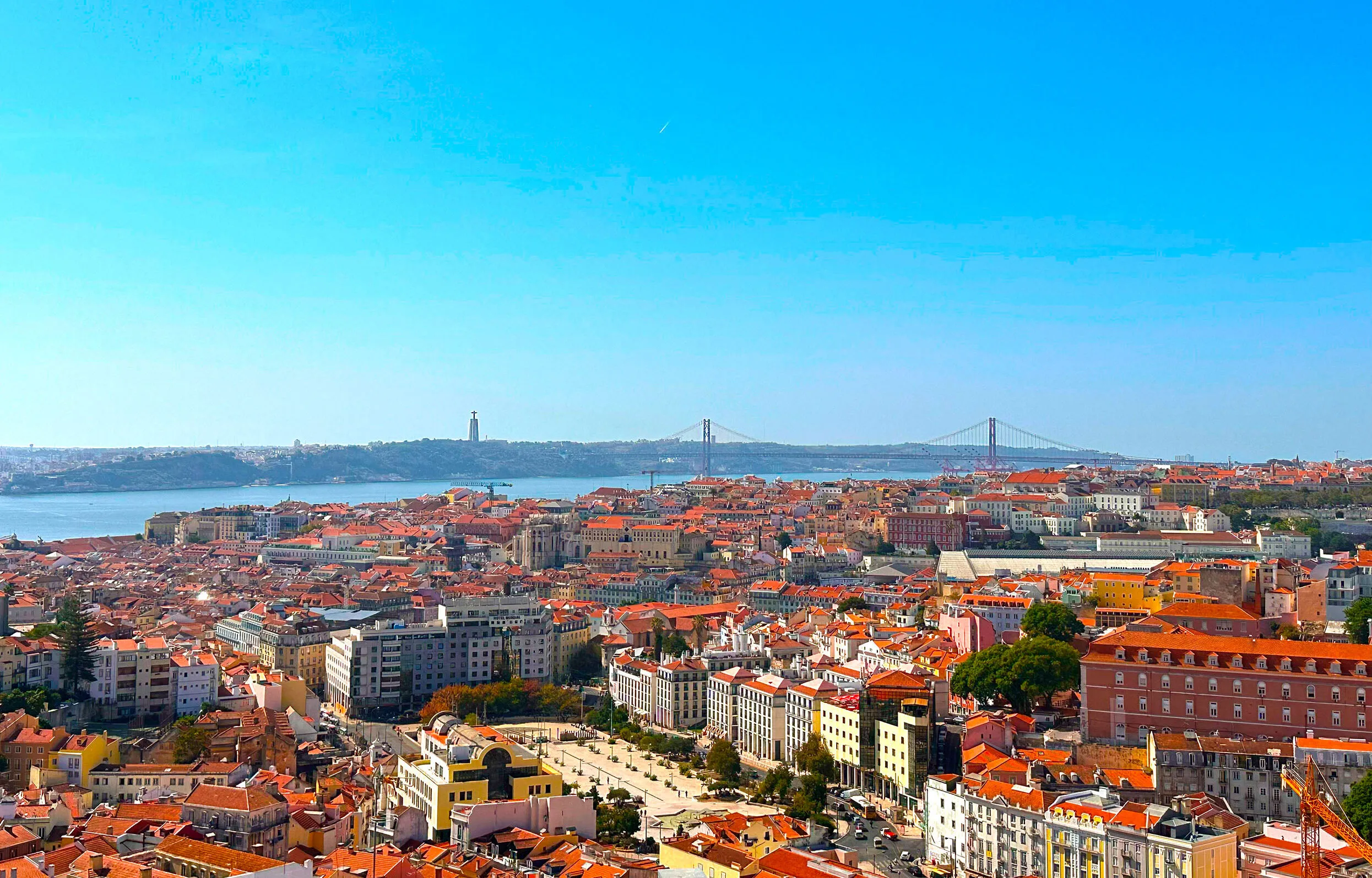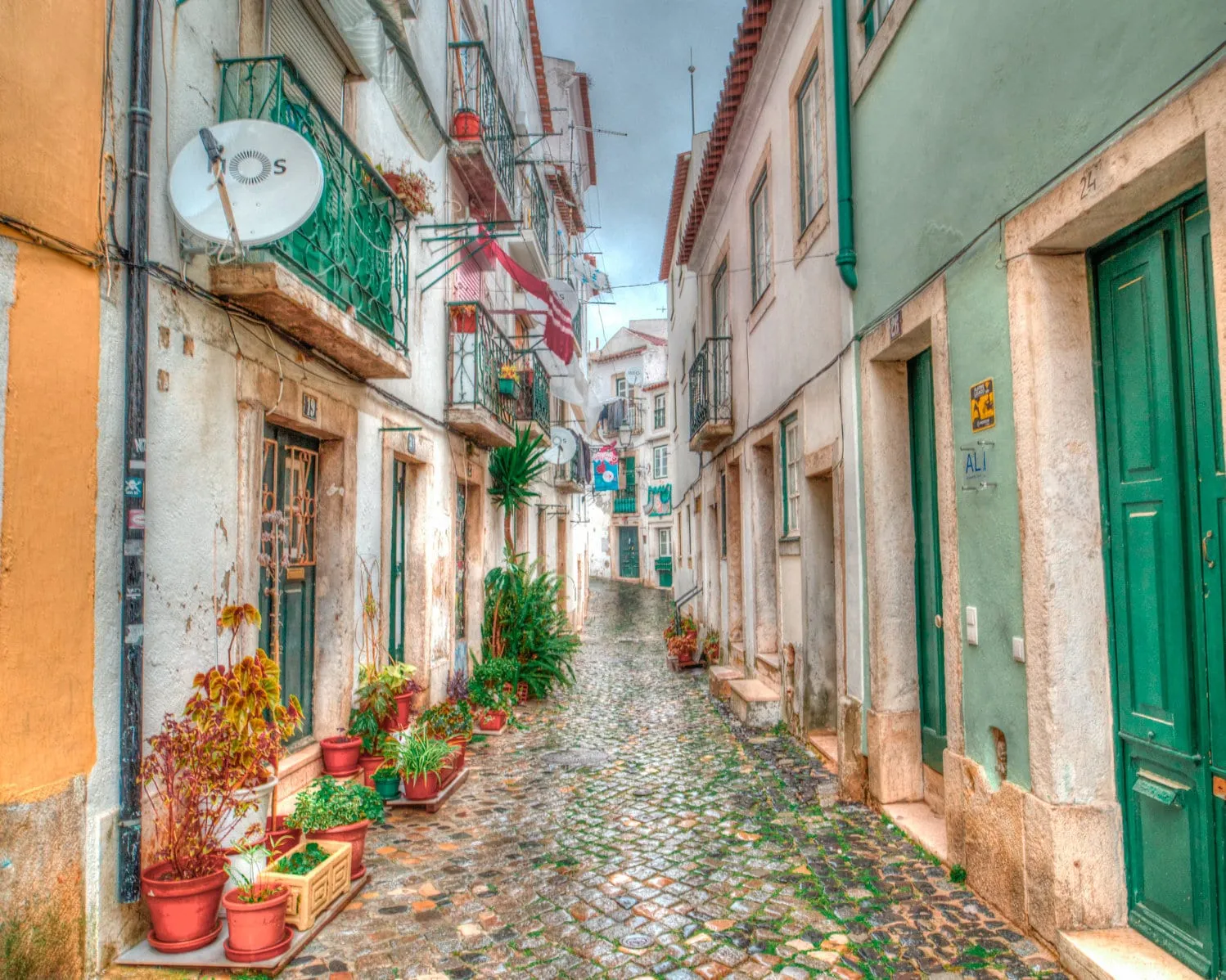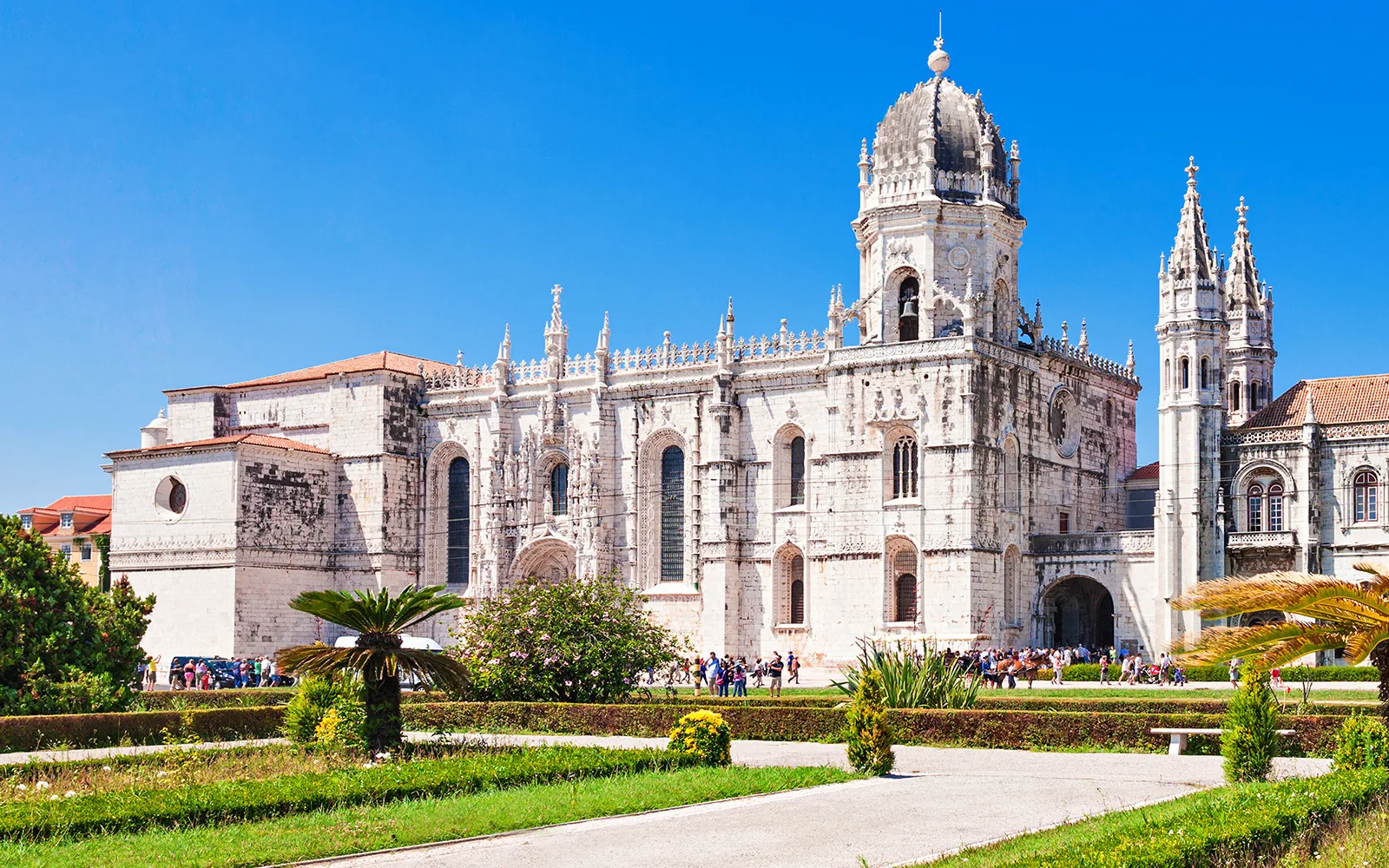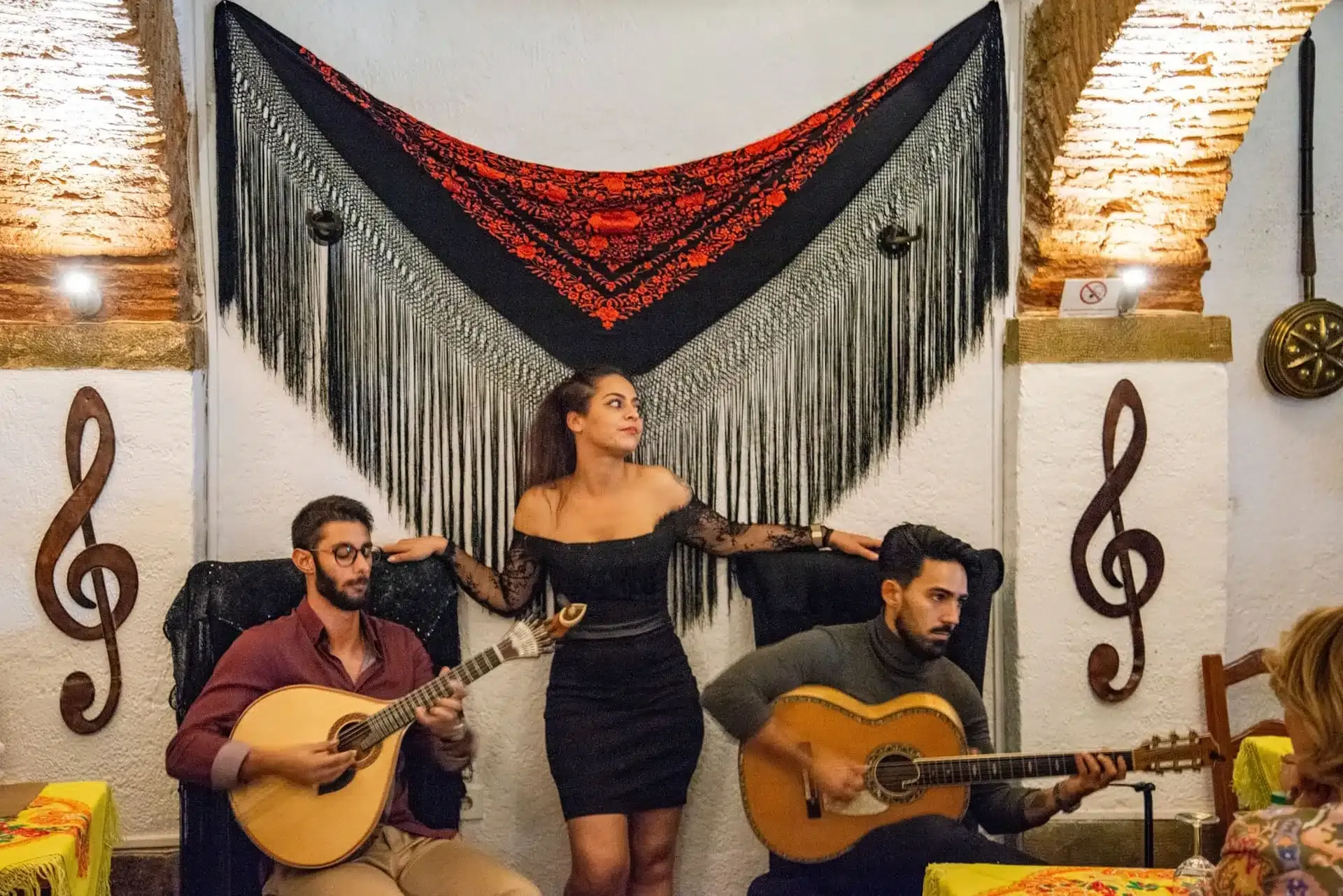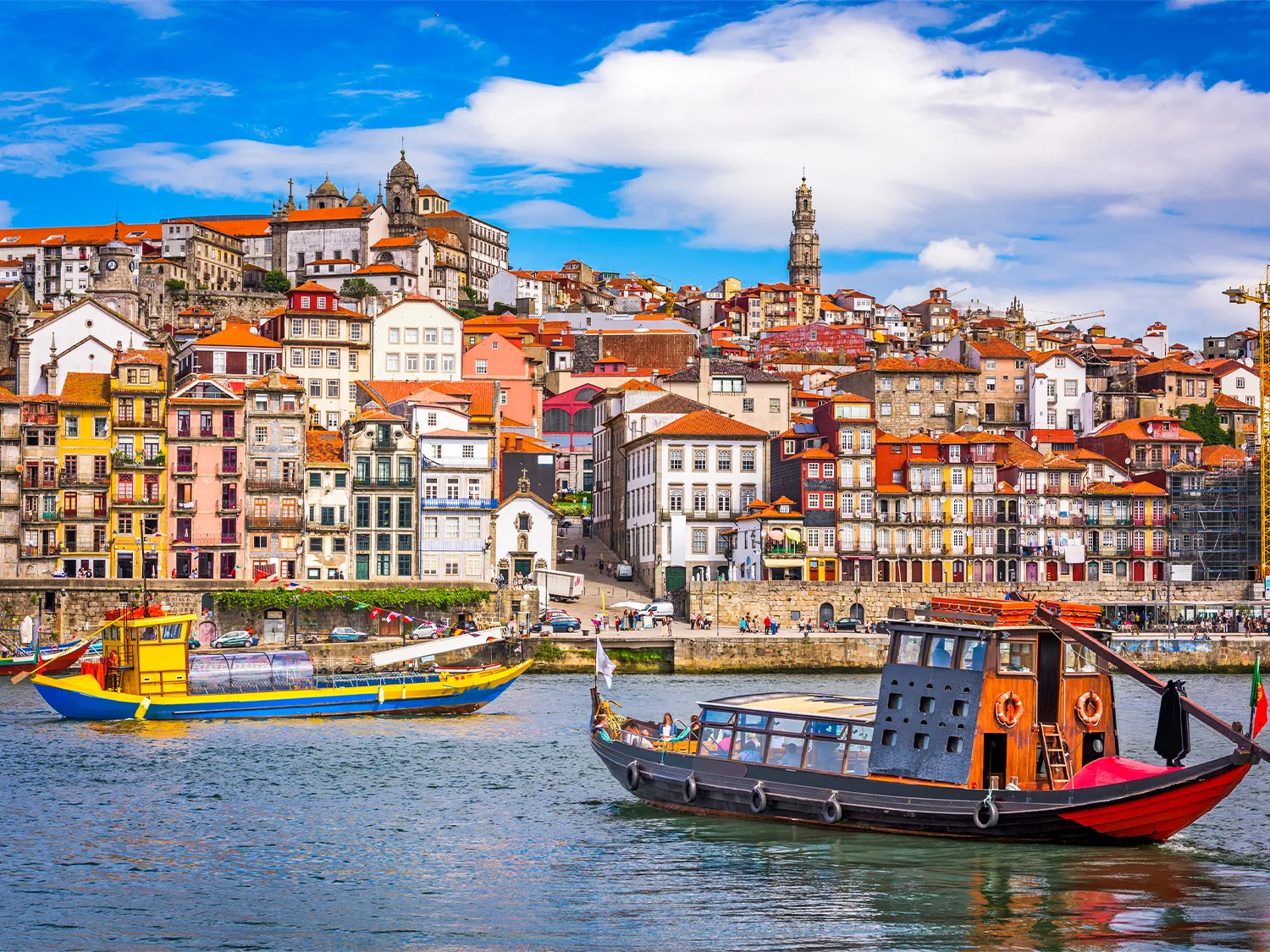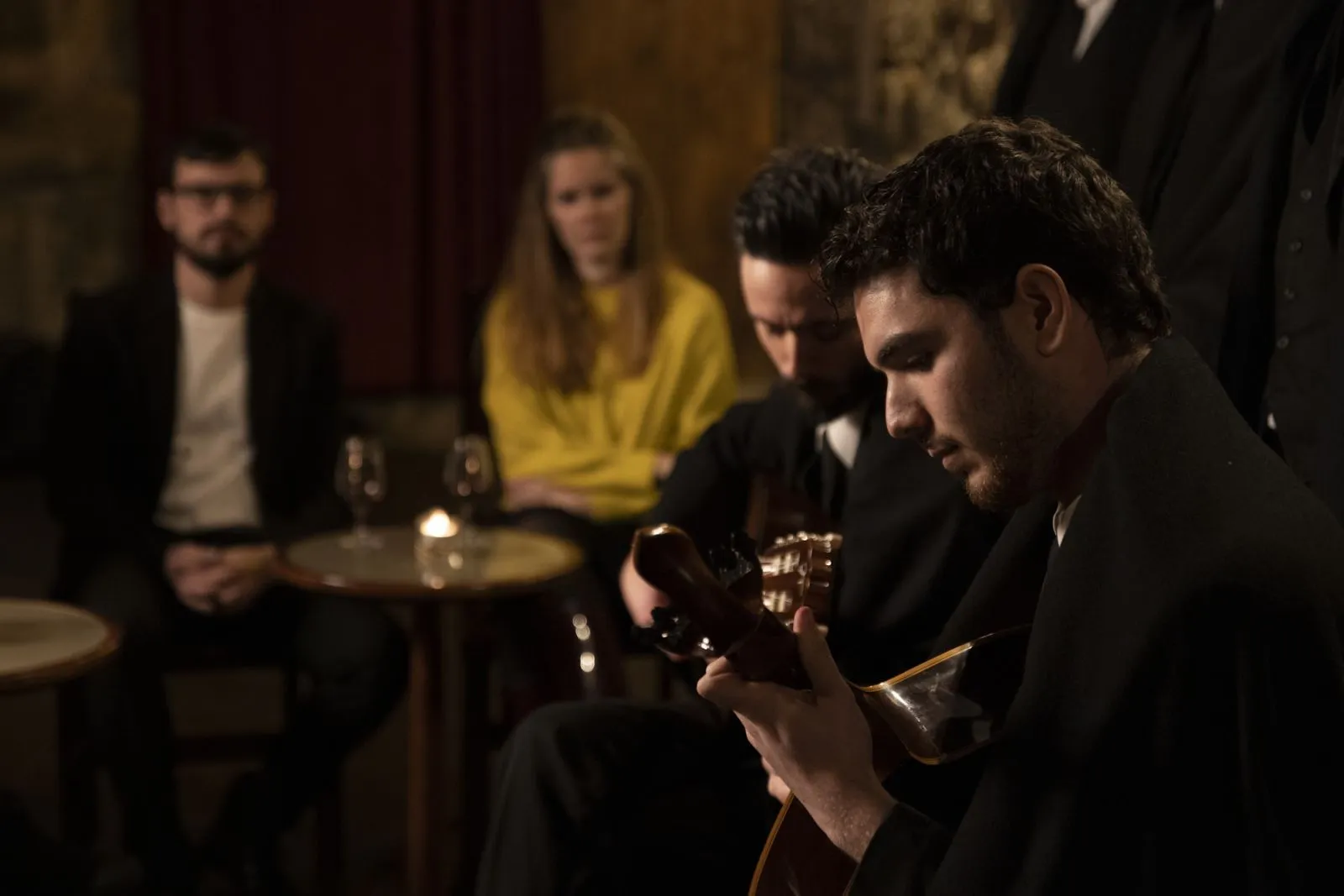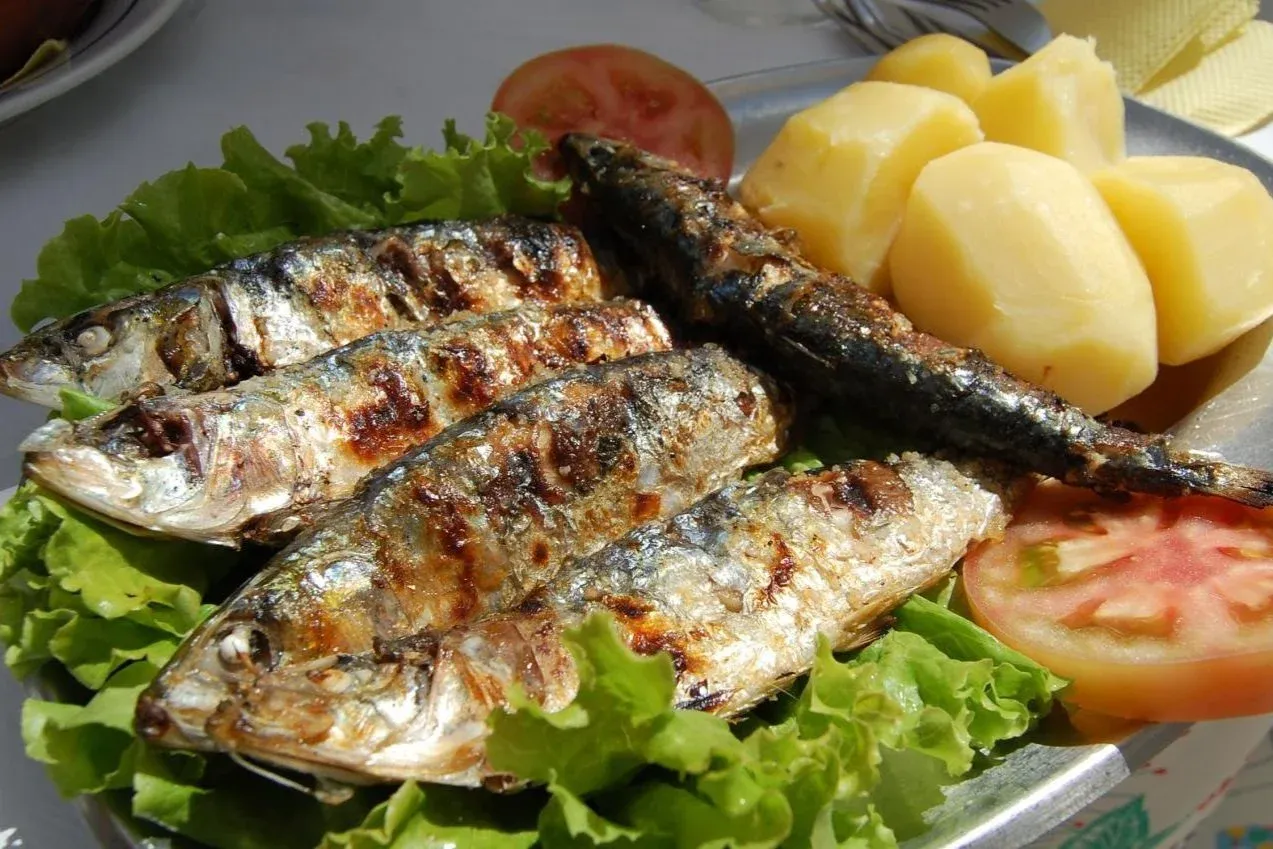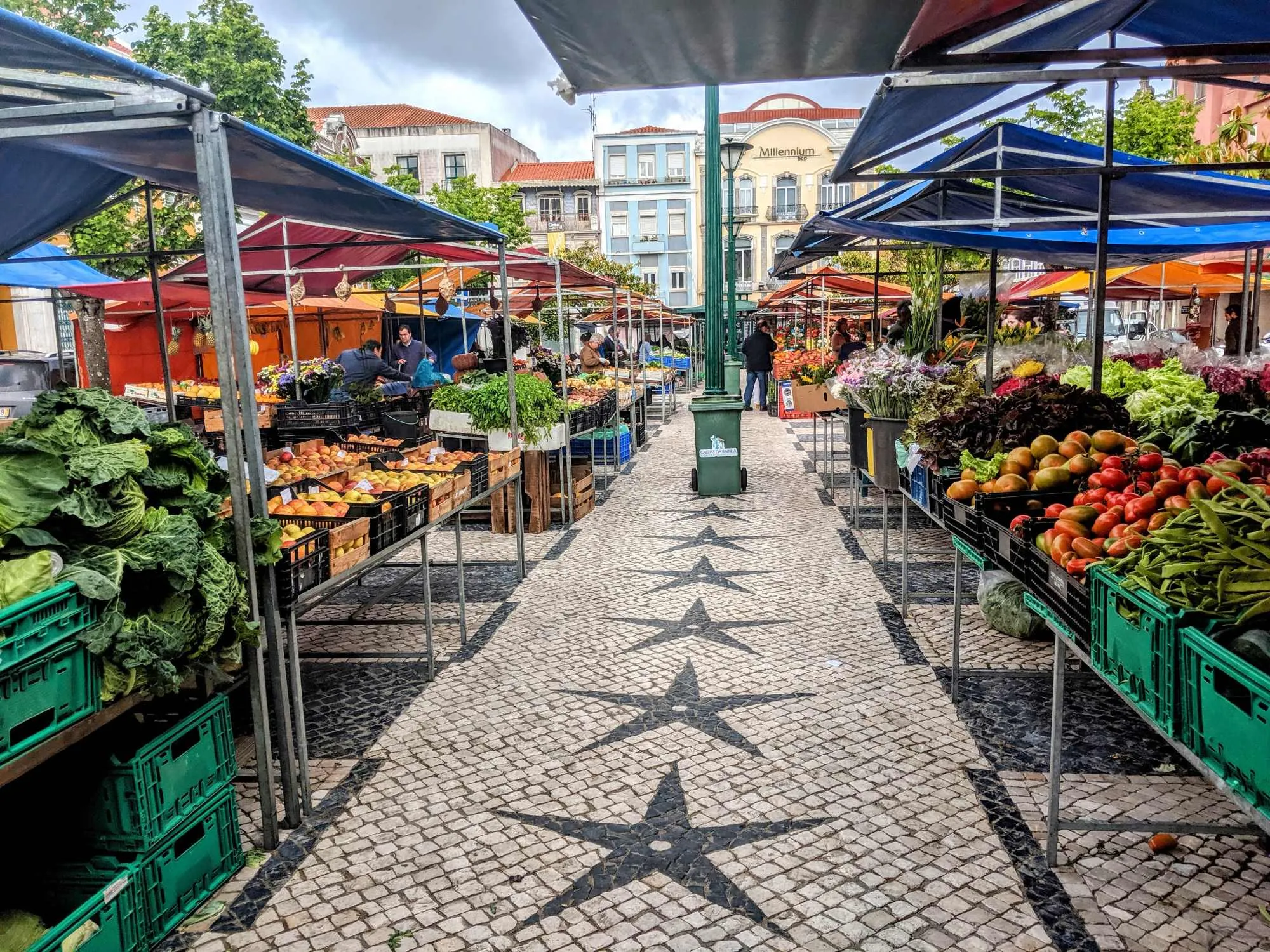After spending countless hours wandering Lisbon’s seven cinematic hillsides and getting delightfully lost in its labyrinthine cobblestone streets, I can tell you this city will capture your heart faster than you can say “pastéis de nata.” This comprehensive Lisbon travel guide is your key to unlocking the city’s magic. It combines over a decade of travel expertise with hundreds of firsthand reviews to help you experience the authentic soul of Portugal’s capital while avoiding those tourist traps that can seriously dampen the magic.
Planning Your Trip to Lisbon
Best time to visit: Spring (March-May) and fall (September-October) are absolute sweet spots with pleasant temperatures and fewer crowds. Summer brings beautiful weather but expect temperatures hitting 30-35°C (86-95°F) and peak tourist crowds. Winter offers budget-friendly calm with mild but potentially rainy weather.
Budget breakdown for US travelers:
- Backpacker/Budget: $55-95 per day
- Mid-range: $140-250 per day
- Comfort/Upscale: $260+ per day
Essential packing tip: Comfortable walking shoes with excellent grip are non-negotiable. Those beautiful but treacherous calçada portuguesa (patterned cobblestones) are notoriously slippery, especially when wet, and Lisbon’s seven hills will test every muscle in your legs.
Where to Stay in Lisbon: A Neighborhood Guide
1. Alfama – Historic Charm Meets Soulful Fado Music
Alfama feels like stepping into a medieval time capsule that somehow survived the devastating 1755 earthquake. As Lisbon’s oldest district, this captivating maze of narrow, winding cobblestone streets and steep staircases showcases colorful tile-adorned historic homes and offers some of the city’s most stunning viewpoints.
- Why you’ll love it: This is the birthplace and beating heart of Fado music, where deeply emotional Portuguese blues drifts from hidden tascas into the night air. The atmosphere is incredibly picturesque and authentically Lisbon.
- The reality check: The terrain is very hilly and challenging to navigate. Additionally, it’s not well-served by the metro, and the lively restaurant scene can generate noise late into the night.
- Top-rated stays: Memmo Alfama – Design Hotels earns rave reviews for its minimalist design and stunning rooftop terrace with a pool, while Santiago de Alfama – Boutique Hotel consistently receives exceptional reviews for impeccable service and prime location.
- Must-see: São Jorge Castle crowns the highest hill with breathtaking panoramic views across Lisbon’s red-tiled roofs. Pro tip: Buy your tickets online in advance to avoid long queues, and visit late afternoon for golden hour photography.
2. Baixa and Chiado – Perfect Base for First-Time Visitors
Baixa serves as Lisbon’s grand downtown with wide avenues, majestic plazas, and neoclassical architecture rebuilt on a grid system after the 1755 earthquake. Adjacent Chiado brings more elegant, bohemian vibes as the cultural heart with historic cafés, theaters, bookstores, and upscale shops.
- Why you’ll love it: The central location is unbeatable for sightseeing, Baixa’s flat terrain makes it easily walkable, and the area serves as a major hub for all forms of public transport—making it an ideal hub for first-timers.
- The trade-off: As the commercial and tourist center, it can feel crowded and less residential than other neighborhoods.
- Accommodation gems: Hotel da Baixa consistently earns top ratings for its prime location and high-quality service. Budget travelers rave about Yes! Lisbon Hostel and Home Lisbon Hostel, legendary for their social atmospheres and famous communal dinners.
- Don’t miss: The Santa Justa Lift and Rua Augusta Arch for panoramic city views, plus the vibrant Time Out Market for an excellent introduction to Lisbon’s culinary scene.
3. Bairro Alto – Nightlife Epicenter with a Dual Personality
By day, Bairro Alto feels like a quiet, residential neighborhood with narrow, grid-like streets. When darkness falls, it undergoes a complete transformation into Lisbon’s vibrant nightlife epicenter, with dozens of small bars and restaurants spilling festivities onto cobblestone streets for a massive, open-air street party.
- Why you’ll love it: It’s an unparalleled nightlife destination with a vast selection of bars and restaurants creating an electric atmosphere.
- What to consider: Noise levels can be extreme late into the night, making it unsuitable for light sleepers or families unless you’re staying in a hotel with excellent soundproofing.
- Premium stay: The 5-star Bairro Alto Hotel, strategically positioned on the border of Chiado and Bairro Alto, offers luxurious tranquility with triple-glazed, soundproof windows and the acclaimed BAHR rooftop restaurant.
- Evening essential: Park Bar, famously located on top of a parking garage, offers spectacular views from its lush, garden-like terrace—finding the entrance is part of the adventure.
4. Príncipe Real – Trendy Boutiques Meet Garden Charm
This chic neighborhood has evolved into one of Lisbon’s most fashionable areas, featuring boutique shopping, trendy restaurants, and beautiful garden spaces that attract both locals and visitors seeking a more sophisticated Lisbon experience.
- Why you’ll love it: It offers a perfect blend of shopping, dining, and a relaxed atmosphere with the beautiful Príncipe Real Garden at its heart.
- Best for: Travelers seeking upscale experiences, unique shopping, and a more refined neighborhood vibe.
5. Belém – Family-Friendly with UNESCO Treasures
Located along the Tagus River, Belém houses some of Lisbon’s most important historical monuments and offers a quieter, more spacious feel compared to the dense city center.
- Why you’ll love it: It’s home to UNESCO World Heritage sites including Jerónimos Monastery and Belém Tower, plus the original Pastéis de Belém bakery, which has used its secret monastic recipe since 1837.
- Plan ahead: The Jerónimos Monastery is incredibly popular, with wait times exceeding two hours during peak season. Book tickets online well in advance and arrive before the 9:30 am opening or after 3:00 pm.
- Family appeal: There’s more space to breathe with parks and riverside areas, making it one of the best Lisbon attractions for families with children.
Top Things to Do in Lisbon
Here are some essential Lisbon experiences you can’t miss.
- Authentic fado in Alfama: Skip tourist-oriented shows and seek out authentic casas de fado. Clube de Fado offers renowned professional performers, Mesa de Frades provides a unique setting inside a former 18th-century chapel, and A Baiuca delivers an incredibly intimate, family-run experience.
- Creative exploration at LX Factory: This brilliantly repurposed 19th-century industrial complex in Alcântara buzzes with independent shops, artist studios, and diverse restaurants. The iconic Ler Devagar bookstore, built around an old printing press with a whimsical flying bicycle sculpture, is absolutely Instagram-worthy.
- Underrated gems: The National Tile Museum consistently surprises visitors as being “way better than it sounds,” showcasing Portugal’s famous azulejos in a former convent setting. The fire-damaged Church of São Domingos near Rossio Square offers a hauntingly beautiful interior with scorched columns creating an eerie, powerful atmosphere.
Getting Around Lisbon: Transport Tips
- From the airport: The Metro costs €1.85 plus €0.50 for the card and takes 25-35 minutes—the cheapest option for solo travelers with light luggage. Taxis run €12-25 while Uber/Bolt costs €7-15, both taking 15-25 minutes door-to-door.
- The famous Tram 28: While iconic, this vintage yellow tram suffers from severe overcrowding and pickpocket activity. For a more pleasant vintage tram experience, try Tram 24, which explores local neighborhoods like Campo de Ourique and Estrela.
- Lisboa Card vs. regular transport: The Lisboa Card offers excellent value for intensive 1-2 day sightseeing with free entry to 38+ attractions plus unlimited transport. For relaxed exploration, the standard 24-hour Navegante pass (€7.00) or “zapping” pay-as-you-go option works better.
What to Eat in Lisbon: A Foodie’s Guide
The great custard tart debate: Start your pilgrimage at Pastéis de Belém for the original 1837 secret recipe, but be prepared for long queues. Many locals argue Manteigaria’s tarts equal or surpass the original, with several convenient locations and consistently excellent, creamy results.
Must-try Portuguese foods:
- Pastéis de nata (iconic egg custard tarts)
- Bifana (beloved marinated pork sandwich)
- Bacalhau (salted cod prepared 365 different ways)
- Sardinhas assadas (grilled sardines, especially during June festivals)
- Ginjinha (sweet cherry liqueur served in chocolate cups)
Local dining gems: Cervejaria Ramiro, made world-famous by Anthony Bourdain, serves legendary fresh shellfish despite massive lines. For authentic piri-piri chicken, Bonjardim near Rossio earns its “King of Chickens” reputation.
Best Day Trips from Lisbon
Sintra Fairy Tale Adventure
Take the 40-minute train from Rossio Station (€5 round-trip) and start early at Pena Palace before 9:00 am. The colorful Romanticist palace’s magnificent exterior and surrounding park are the true highlights—the interior tour often involves two-hour queues that many seasoned travelers skip. Walk downhill to the dramatic Moorish Castle, then explore mystical Quinta da Regaleira with its enchanting gardens and iconic spiraling Initiation Well.
Coastal Escape to Cascais
The scenic 40-minute train from Cais do Sodré runs along the coast, offering beautiful Atlantic views. This charming former fishing village turned elegant resort features sandy beaches, dramatic Boca do Inferno cliff formations, and a lovely coastal promenade.
Important note: Attempting both Sintra and Cascais in one day using public transport is strongly discouraged due to complex logistics and rushed schedules.
Lisbon Travel Tips for Safety and Culture
Passport and Visa Requirements
US citizens do not need a visa for stays up to 90 days, but your passport must be valid for at least three months beyond your departure date and contain two blank pages.
Safety in Lisbon
Portugal consistently ranks as one of the world’s safest countries, but urban nuisances exist. Pickpocketing is the primary concern, especially on Tram 28, in the Baixa district, and at scenic viewpoints. Use crossbody bags worn in front, keep wallets in front pockets, and avoid standing near transport doors.
Cultural Etiquette & Dining Customs
- Greetings: Greet shopkeepers with “Bom dia” (good morning) or “Boa tarde” (good afternoon).
- Tipping: Tipping is appreciated but not obligatory—5-10% for exceptional restaurant service, rounding up taxi fares, and €5 for group walking tours.
- Dining: Those appetizers (couvert) brought to your table aren’t free; they’ll be added to your bill if consumed. Portuguese meals are unhurried social affairs, so always ask for the bill (“a conta, por favor”) when you are ready to leave.
Sample Lisbon Itineraries for Your Trip
3-Day Lisbon Itinerary for First-Timers
- Day 1: Alfama medieval streets, São Jorge Castle views, authentic Fado dinner
- Day 2: Belém’s Jerónimos Monastery and Tower, original pastéis de nata, creative LX Factory
- Day 3: Sintra day trip focusing on Pena Palace and Quinta da Regaleira
7-Day Relaxed Lisbon Itinerary
- Days 1-3: Follow the 3-day itinerary at a leisurely pace
- Day 4: Chiado shopping, Carmo Convent ruins, trendy Príncipe Real
- Day 5: Coastal day trip to Cascais
- Day 6: National Tile Museum, local Campo de Ourique neighborhood, Cacilhas ferry sunset
- Day 7: Revisit favorites or explore Calouste Gulbenkian Museum
Lisbon is a city of captivating contrasts where ancient history and contemporary creativity coexist on seven steep, sun-drenched hills. The key to unlocking its magic lies in embracing its rhythm: planning strategically to avoid crowds at world-class monuments while allowing for unplanned detours into its tiled, labyrinthine streets. This Lisbon travel guide aims to help you embrace that rhythm. This isn’t a city to merely see—it’s a city to feel, and you’ll depart with a piece of its profound and beautiful saudade in your heart.
Read more:
